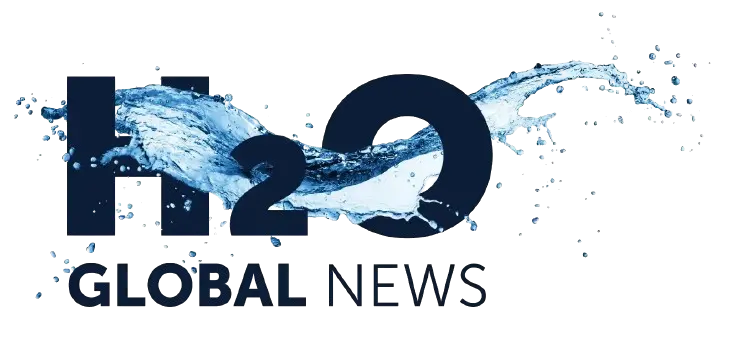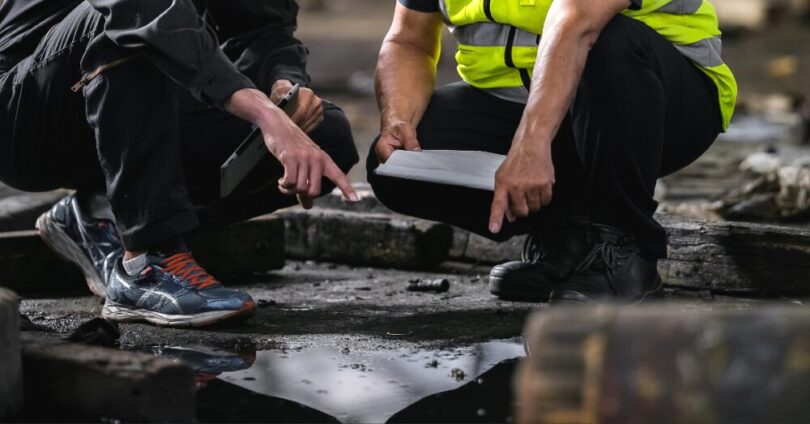It is smarter working, not more boots on the ground, that will help companies deliver AMP8 leakage commitments and improve strategic management of water, writes Ben Crabtree, water conservation product line director, Ovarro

Ben Crabtree
The scale of leakage reduction required by 2030 – a 17% reduction to pre-privatisation levels – will see companies invest £720 million over the next five years. This is no small challenge, and water companies will need to scale-up fast, while getting the most out of every pound spent.
Covering more ground and finding more leaks per day requires smarter working using better quality data than was available in previous asset management periods. The good news is a range of data-driven technologies has been developed by the supply chain over the last five years to deliver enhanced productivity – or more bang for your buck – alongside the continuing expansion of fixed networks.
Among new tools gaining momentum are as-a-service models, subscription-based applications with infrastructure entirely managed and maintained by an external supplier. One example is Ovarro’s leak-locating platform LeakNavigator – the UK’s first fully managed, fixed network leakage service.
In 2024, a Southern Water – LeakNavigator trial across 40 district metered areas (DMAs) recorded an overall conversion rate of 80% for category 1 alerts. Leakage in 35 of the DMAs reduced, with an overall reduction of 51m3 water loss. This equated to 204Ml/d of water saved every month.
Another automated analytics tool new to the market is Ovarro’s EnigmaREACH, an end-to-end correlating toolkit for widespread lift-and-shift detection. The kit includes a set of loggers, an app for deployment, retrieval and follow up and access to analytics platform, Atrium.
Trials with five UK water companies reported significant time-savings, particularly in point-of-interest (PoI) follow-ups, meaning leakage teams can cover more ground faster, and react quickly in the event of a large breakout.
Such use of mobile-based apps is fast becoming business as usual in leak detection. Not only does this transition make the end-to-end process more efficient for technicians, it should also make the practice more appealing for the next generation of recruits who are likely to be digital natives and adept at rapid problem-solving using phones or tablets.
With such factors in mind, Ovarro’s newly launched Enigma5 range of loggers – a smaller, more sustainable version of the leading Enigma3 – connects via Bluetooth to a deployment app for quick set-up and logger management.
Building smarter networks using these and similar digital platforms also helps companies track and report leakage progress more swiftly and precisely – another advantage, given expectations for greater transparency this AMP, not only by regulators but customers, who are increasingly holding water companies to account.
Companies have made great progress in reaching lower-than-ever leakage – an achievement noted by Sir Jon Cunliffe, chair of the Independent Water Commission, when inviting the public, environment groups and investors to share their views on future changes to the water sector.
Digital solutions developed by the supply chain over the last five years mean companies like Ovarro are well positioned to help utilities achieve the next-level leakage outcomes required by 2030.








